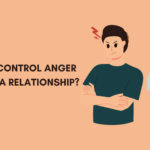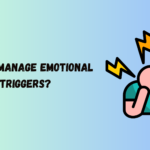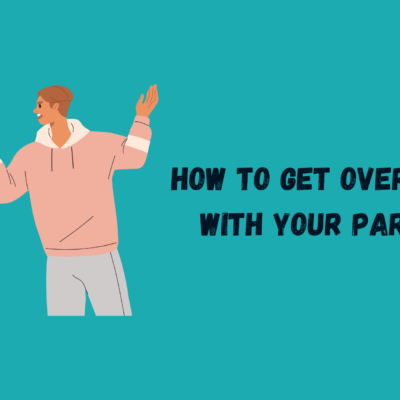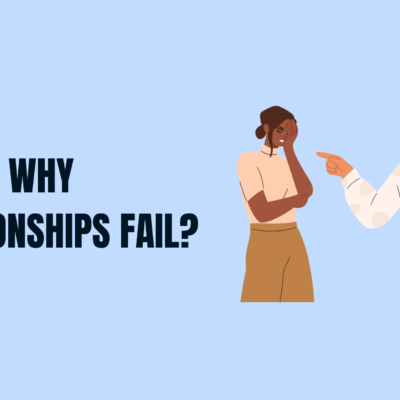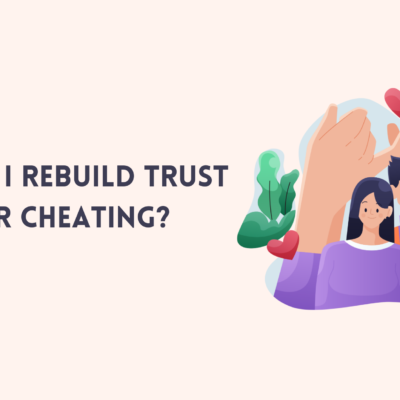How to Overcome Being Insecure in a Relationship: Insecurity in a relationship can feel like an invisible weight, affecting your thoughts, behaviors, and emotional well-being. It may manifest as jealousy, constant need for reassurance, overthinking, or fear of abandonment. While occasional doubts are natural, chronic insecurity can strain a relationship and undermine intimacy.
If you find yourself constantly asking, “Am I enough?” or feeling anxious about your partner’s actions, it’s a sign to explore the root causes of your insecurity and develop strategies to overcome them. This article provides practical guidance for building self-confidence, trust, and emotional resilience in your relationship.
Understanding Insecurity in Relationships
Insecurity stems from a combination of personal, relational, and sometimes external factors. Recognizing its origin is the first step toward overcoming it.
1. Low Self-Esteem
Individuals with low self-esteem often feel unworthy of love or attention. They may:
- Doubt their partner’s commitment
- Compare themselves to others
- Worry excessively about rejection or abandonment
Building self-esteem is crucial to reducing insecurity and fostering healthy relational dynamics.
2. Past Experiences and Trauma
Previous experiences, such as betrayal, emotional neglect, or toxic relationships, can create lasting fears:
- Infidelity or broken trust in past relationships
- Childhood neglect or attachment issues
- Repeated criticism or emotional abandonment
These experiences may cause hyper-vigilance or fear of repeating past hurts in current relationships.
3. Fear of Rejection or Abandonment
Some insecurities stem from an intense fear of being left behind or unloved. This can lead to:
- Clinginess or overdependence on a partner
- Constantly seeking reassurance
- Anxiety over minor conflicts or disagreements
Understanding this fear is essential to addressing the root of insecurity.
4. Comparison and Social Pressure
In the age of social media, comparing yourself to others is easy:
- Judging yourself against idealized images of other couples
- Measuring your worth against your partner’s friends or ex-partners
- Worrying about societal expectations
Comparison can amplify feelings of inadequacy and erode confidence in your relationship.
5. Lack of Communication or Clarity in the Relationship
Uncertainty about boundaries, expectations, or future plans can trigger insecurity:
- Ambiguity about commitment or priorities
- Feeling unheard or misunderstood
- Conflicts left unresolved
Clear communication builds trust and reduces space for anxious thoughts.
Signs of Insecurity in Relationships
Recognizing insecurity is the first step to addressing it:
- Constantly seeking reassurance from your partner
- Overanalyzing messages, actions, or tone
- Jealousy or suspicion without evidence
- Difficulty trusting your partner or feeling unworthy
- Fear of being left or abandoned
- Overreacting to minor issues or disagreements
Awareness allows you to take intentional steps toward emotional security.
Steps to Overcome Insecurity in a Relationship
Overcoming insecurity requires self-awareness, personal growth, and relational strategies. Here’s a detailed roadmap:
1. Acknowledge Your Insecurity
The first step is acceptance:
- Admit to yourself that you feel insecure
- Recognize patterns in thoughts and behaviors
- Avoid blaming your partner for your feelings
Acknowledgment creates space for conscious change instead of unconscious reactions.
2. Identify Triggers
Pay attention to situations or behaviors that spark insecurity:
- Certain conversations or disagreements
- Social media interactions
- Thoughts about past relationships
- Personal self-doubt or comparison
Understanding triggers allows you to respond thoughtfully rather than react impulsively.
3. Focus on Self-Awareness and Reflection
Reflect on underlying beliefs and fears:
- Ask yourself: “Why do I feel this way?”
- Explore past experiences contributing to your anxiety
- Recognize cognitive distortions, such as catastrophizing or mind-reading
Self-awareness helps distinguish between reality and imagined fears.
4. Communicate Openly with Your Partner
Healthy communication fosters understanding and reassurance:
- Share your feelings without blaming: “I feel anxious when…”
- Express needs clearly and calmly
- Avoid constant questioning or accusation
A supportive partner can provide comfort, but remember the goal is shared understanding, not dependency.
5. Build Self-Esteem and Confidence
Strong self-esteem reduces reliance on external validation:
- Focus on personal strengths and achievements
- Practice self-care, exercise, and healthy routines
- Engage in hobbies and activities that provide fulfillment
- Celebrate small wins and personal growth
Confidence within yourself translates into emotional stability in your relationship.
6. Challenge Negative Thoughts
Insecurity often manifests as negative self-talk. Challenge these thoughts:
- Replace “They might leave me” with “Our relationship is strong, and I trust them.”
- Reframe jealousy as a signal to communicate, not accuse
- Avoid assumptions; seek clarity before reacting
Cognitive reframing helps break the cycle of anxiety and self-doubt.
7. Practice Trust and Letting Go
Trust is the cornerstone of secure relationships:
- Give your partner the benefit of the doubt
- Avoid snooping, monitoring, or excessive questioning
- Accept that you cannot control their thoughts or actions
- Focus on actions that demonstrate mutual respect and commitment
Learning to trust reduces insecurity and fosters mutual respect.
8. Establish Healthy Boundaries
Boundaries protect your emotional well-being and the relationship:
- Limit checking your partner’s phone or social media
- Respect your own emotional space and needs
- Communicate limits calmly and assertively
- Encourage independence and personal growth for both partners
Healthy boundaries prevent co-dependence and excessive anxiety.
9. Address Comparison and Social Media Influence
Comparison fuels insecurity. Reduce its impact by:
- Limiting time on social media
- Reminding yourself that online portrayals are curated, not reality
- Focusing on your relationship’s unique strengths and qualities
- Appreciating shared experiences rather than idealized benchmarks
Focus on your own journey instead of external standards.
10. Seek Support from Friends, Family, or Therapy
External support provides perspective:
- Talk to trusted friends or family about your feelings
- Join support groups or forums for relationship challenges
- Seek professional help if insecurity affects mental health or relationship stability
- Therapy can address underlying trauma, attachment issues, or anxiety patterns
Professional guidance accelerates emotional growth and relational security.
11. Practice Mindfulness and Emotional Regulation
Mindfulness helps manage anxious thoughts:
- Observe emotions without judgment
- Focus on the present moment rather than imagining worst-case scenarios
- Practice deep breathing, meditation, or journaling
- Use grounding techniques when insecurity or jealousy arise
Mindfulness strengthens self-awareness and emotional control.
12. Celebrate Trust and Positive Interactions
Focus on positive aspects of your relationship:
- Recognize moments of support, love, and mutual care
- Express gratitude and appreciation to your partner
- Reinforce trust with verbal affirmation: “I trust and value you”
Positive reinforcement reduces anxiety and nurtures relational security.
13. Commit to Personal Growth
Insecurity often reflects internal challenges rather than external threats. Long-term strategies include:
- Continuous self-reflection and journaling
- Learning healthy coping mechanisms for stress and anxiety
- Building a fulfilling life independent of the relationship
- Setting personal goals and pursuing ambitions
Self-growth strengthens confidence and reduces relational dependence.
When to Seek Professional Help
If insecurity leads to:
- Frequent arguments or conflict escalation
- Constant jealousy or monitoring behavior
- Emotional distress affecting daily functioning
- Anxiety or depressive symptoms
Professional support can provide tools, strategies, and emotional healing. Therapists specializing in relationships or attachment issues can help break cycles of insecurity and build lasting confidence.
Conclusion: From Insecurity to Emotional Empowerment
Insecurity in relationships is common, but it doesn’t have to control your life or damage your connection. Overcoming insecurity requires a combination of self-awareness, communication, trust-building, and personal growth.
Key takeaways:
- Acknowledge your feelings without self-blame
- Identify triggers and patterns that fuel insecurity
- Communicate openly with your partner using “I” statements
- Build self-esteem through self-care, hobbies, and personal achievements
- Challenge negative thoughts and replace them with rational, empowering beliefs
- Practice trust and let go of controlling tendencies
- Set healthy boundaries for emotional well-being
- Seek support from friends, family, or professionals
- Practice mindfulness and emotional regulation
- Celebrate positive aspects of your relationship and personal growth
By taking these steps, insecurity transforms from a source of anxiety to an opportunity for self-discovery, emotional resilience, and deeper intimacy.
Remember: Feeling insecure at times is human, but choosing self-awareness, trust, and growth ensures that your relationships are anchored in love, respect, and mutual confidence.

